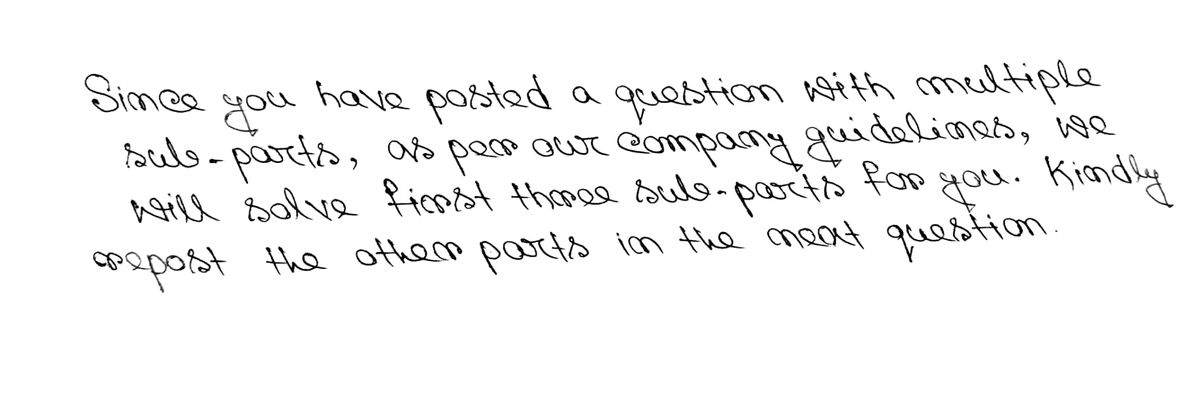An antibody (Ab) can bind to its antigen binding site (B) with a high affinity (large negative AG°). The antibody and the antigen are mixed at low concentrations and allowed to reach equilibrium. The concentrations measured are [Ab] = 1 nM, [B] = 40 nM, and [Ab-B] = 30 nM, for the equilibrium Ab +B= Ab-B. A. What is the equilibrium constant (association constant), Ka, in M1? B. What is Kd = 1/Ka in nM? C. What is AG° in kgT/molecule? Use the equation AG° = –kgTln(Ka) = kgTln(Ka)
An antibody (Ab) can bind to its antigen binding site (B) with a high affinity (large negative AG°). The antibody and the antigen are mixed at low concentrations and allowed to reach equilibrium. The concentrations measured are [Ab] = 1 nM, [B] = 40 nM, and [Ab-B] = 30 nM, for the equilibrium Ab +B= Ab-B. A. What is the equilibrium constant (association constant), Ka, in M1? B. What is Kd = 1/Ka in nM? C. What is AG° in kgT/molecule? Use the equation AG° = –kgTln(Ka) = kgTln(Ka)
Chemistry
10th Edition
ISBN:9781305957404
Author:Steven S. Zumdahl, Susan A. Zumdahl, Donald J. DeCoste
Publisher:Steven S. Zumdahl, Susan A. Zumdahl, Donald J. DeCoste
Chapter1: Chemical Foundations
Section: Chapter Questions
Problem 1RQ: Define and explain the differences between the following terms. a. law and theory b. theory and...
Related questions
Question
![An antibody (Ab) can bind to its
antigen binding site (B) with a high affinity (large negative AGO). The
antibody and the antigen are mixed at low concentrations and allowed to
reach equilibrium. The concentrations measured are [Ab] = 1 nM, [B] = 40
%3D
nM, and [Ab-B] = 30 nM, for the equilibrium Ab + B= Ab-B.
A. What is the equilibrium constant (association constant), Ką, in M1?
B. What is Kd = 1/K, in nM?
C. What is AG° in kgT/molecule? Use the equation
AG° = -kgTln(Ka) = kgTln(Ka)
D. Imagine that this binding were due entirely to hydrogen bonds.
Referring to question 3C above, how many hydrogen bonds would form
between Ab and B upon binding?
E. If you were going to manufacture a coronavirus test kit with an antibody
that tightly binds to an antigen found in the virus, would you want the
antibody/antigen binding to have a Ka in the nM, µM, or mM range?
Why?](/v2/_next/image?url=https%3A%2F%2Fcontent.bartleby.com%2Fqna-images%2Fquestion%2F29d7278f-4991-4253-afc9-748fe0f71b33%2F2860d73b-d90f-495f-8e46-d603c45f8864%2F3q4r7yn_processed.jpeg&w=3840&q=75)
Transcribed Image Text:An antibody (Ab) can bind to its
antigen binding site (B) with a high affinity (large negative AGO). The
antibody and the antigen are mixed at low concentrations and allowed to
reach equilibrium. The concentrations measured are [Ab] = 1 nM, [B] = 40
%3D
nM, and [Ab-B] = 30 nM, for the equilibrium Ab + B= Ab-B.
A. What is the equilibrium constant (association constant), Ką, in M1?
B. What is Kd = 1/K, in nM?
C. What is AG° in kgT/molecule? Use the equation
AG° = -kgTln(Ka) = kgTln(Ka)
D. Imagine that this binding were due entirely to hydrogen bonds.
Referring to question 3C above, how many hydrogen bonds would form
between Ab and B upon binding?
E. If you were going to manufacture a coronavirus test kit with an antibody
that tightly binds to an antigen found in the virus, would you want the
antibody/antigen binding to have a Ka in the nM, µM, or mM range?
Why?
Expert Solution
Step 1

Trending now
This is a popular solution!
Step by step
Solved in 4 steps with 4 images

Knowledge Booster
Learn more about
Need a deep-dive on the concept behind this application? Look no further. Learn more about this topic, chemistry and related others by exploring similar questions and additional content below.Recommended textbooks for you

Chemistry
Chemistry
ISBN:
9781305957404
Author:
Steven S. Zumdahl, Susan A. Zumdahl, Donald J. DeCoste
Publisher:
Cengage Learning

Chemistry
Chemistry
ISBN:
9781259911156
Author:
Raymond Chang Dr., Jason Overby Professor
Publisher:
McGraw-Hill Education

Principles of Instrumental Analysis
Chemistry
ISBN:
9781305577213
Author:
Douglas A. Skoog, F. James Holler, Stanley R. Crouch
Publisher:
Cengage Learning

Chemistry
Chemistry
ISBN:
9781305957404
Author:
Steven S. Zumdahl, Susan A. Zumdahl, Donald J. DeCoste
Publisher:
Cengage Learning

Chemistry
Chemistry
ISBN:
9781259911156
Author:
Raymond Chang Dr., Jason Overby Professor
Publisher:
McGraw-Hill Education

Principles of Instrumental Analysis
Chemistry
ISBN:
9781305577213
Author:
Douglas A. Skoog, F. James Holler, Stanley R. Crouch
Publisher:
Cengage Learning

Organic Chemistry
Chemistry
ISBN:
9780078021558
Author:
Janice Gorzynski Smith Dr.
Publisher:
McGraw-Hill Education

Chemistry: Principles and Reactions
Chemistry
ISBN:
9781305079373
Author:
William L. Masterton, Cecile N. Hurley
Publisher:
Cengage Learning

Elementary Principles of Chemical Processes, Bind…
Chemistry
ISBN:
9781118431221
Author:
Richard M. Felder, Ronald W. Rousseau, Lisa G. Bullard
Publisher:
WILEY